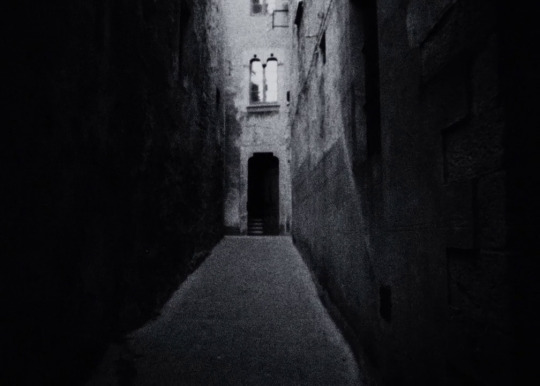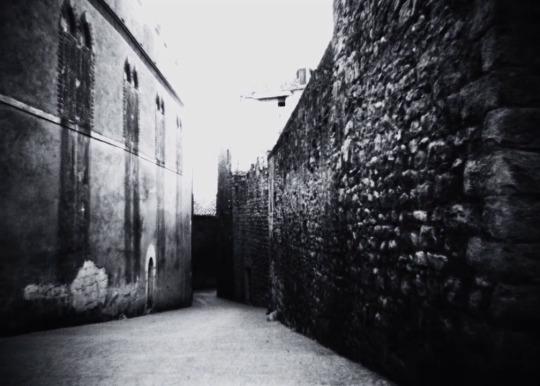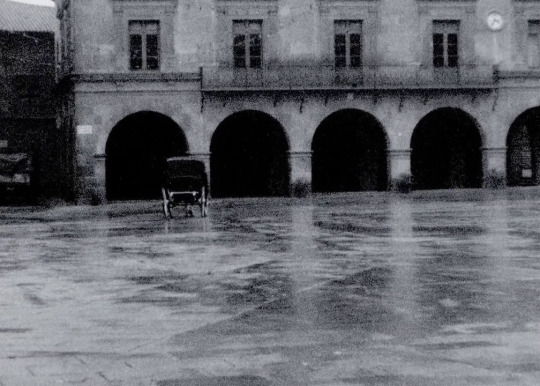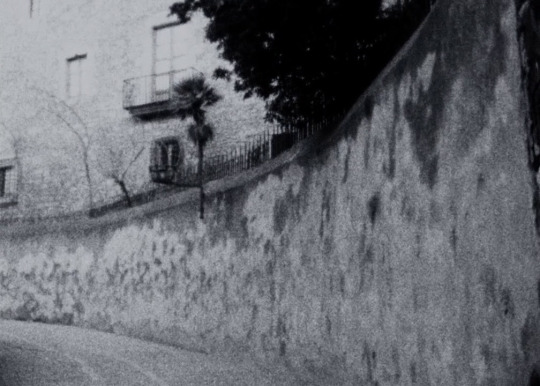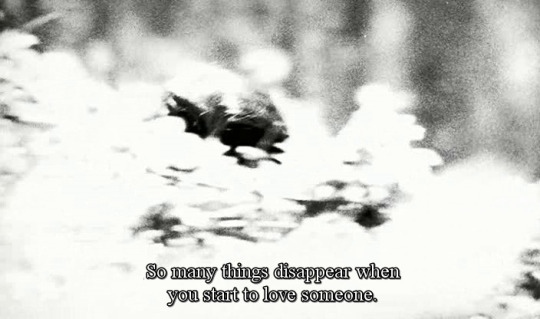#pere portabella
Explore tagged Tumblr posts
Text




Cuadecuc, vampir (1971), dir. Pere Portabella
89 notes
·
View notes
Text


Umbracle, Pere Portabella, 1972
41 notes
·
View notes
Text

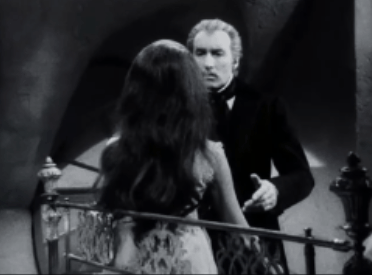
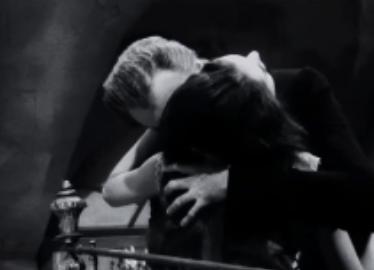
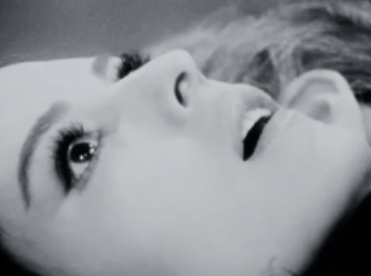
Christopher Lee and Soledad Miranda in Cuadecuc, vampir (1971)
#cuadecuc vampir#christopher lee#soledad miranda#1971#1970s horror#1970s movies#pere portabella#documentary#experimental film#dracula#surreal#jesús franco#horrorgifs#gif#my gifs#gifset#vampire gif
119 notes
·
View notes
Text

Happy 98th, Pere Portabella.
8 notes
·
View notes
Photo

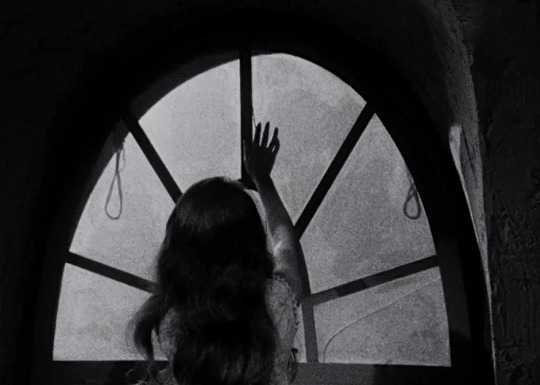

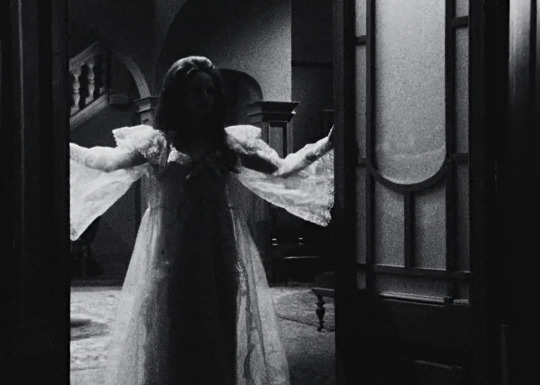
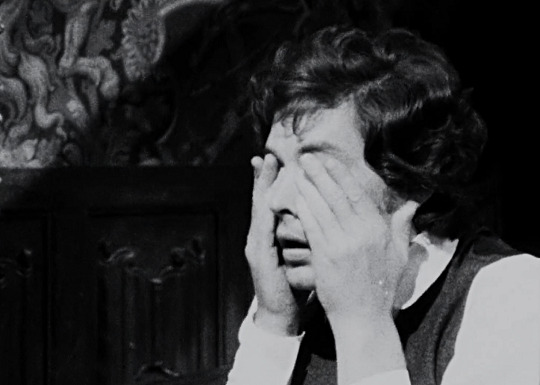
Cuadecuc, vampir (1971) // dir. Pere Portabella
142 notes
·
View notes
Text
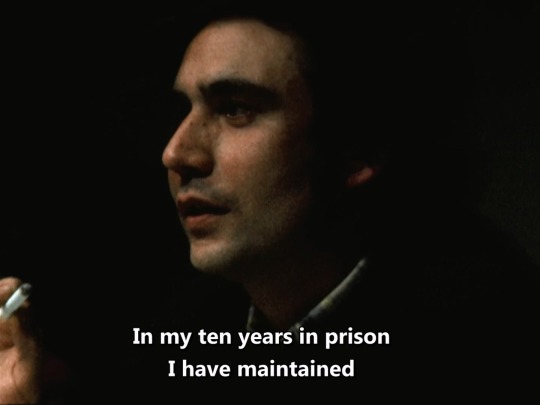
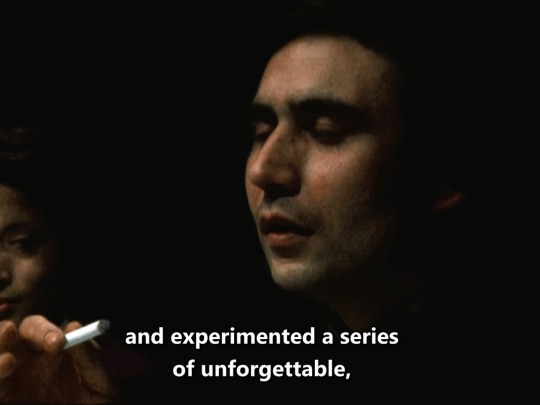
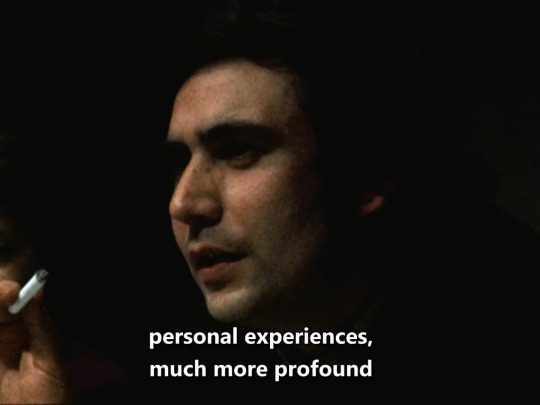



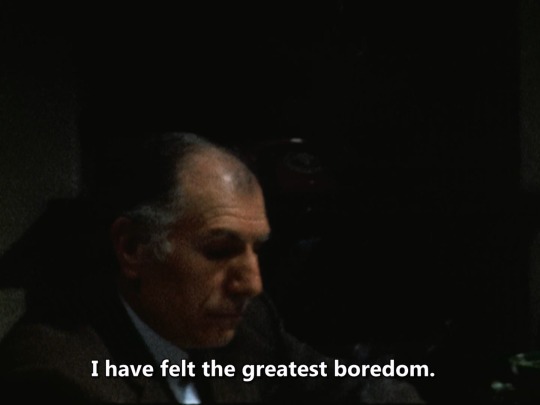

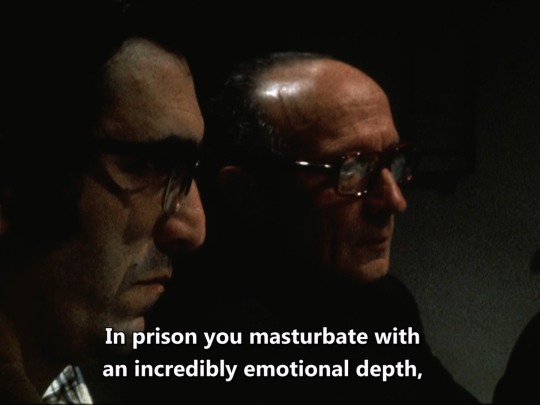
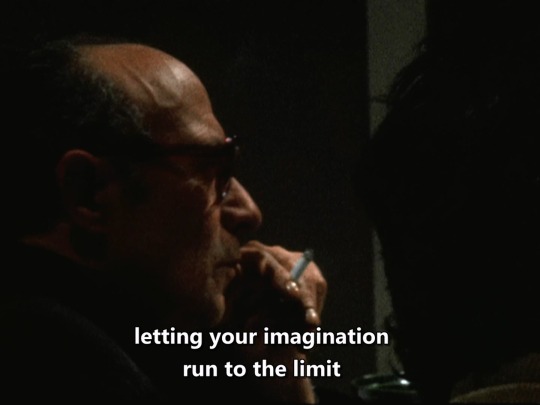



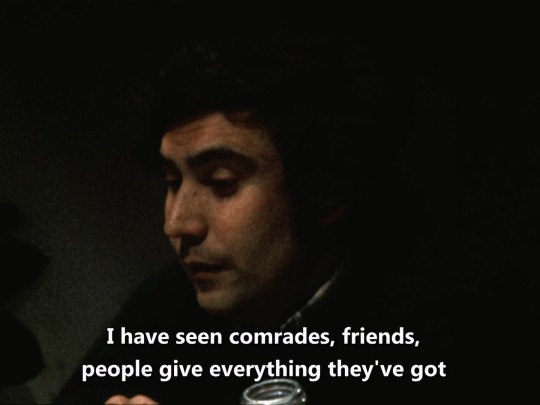


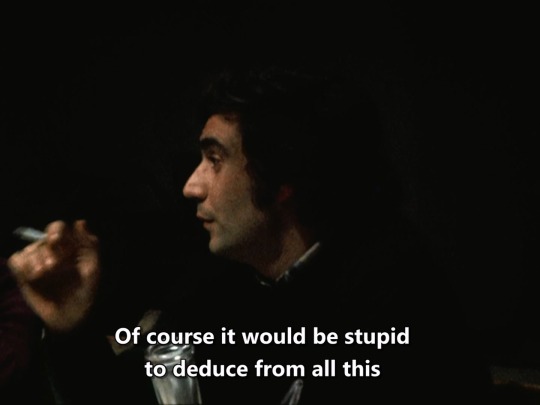

The Supper/El Sopar(1974) dir. Pere Portabella
33 notes
·
View notes
Text
cuadecuc, vampir / pere portabella. 1971
>>> https://youtu.be/kwD1G2Vo198?si=sEyuHawzEKcLllXd
View On WordPress
0 notes
Link
Película disponible para ver online en 1080p, con subtítulos en español incrustados.
0 notes
Text
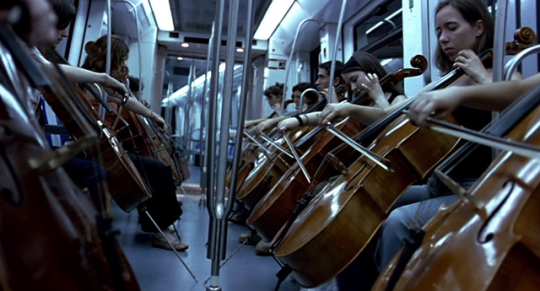
The Silence Before Bach (Pere Portabella, 2007)
Big bang Bach. Before: nothing. After: all. Makes a convincing argument, although i think the music is doing most of the work here. But the filming, the choice, style and flow of the vignettes, serves it dutifully. From this guy's fingers, outward to ears, patronage, preservation, fingers able to replicate, history and divinity. Keys, fingerboards, tone holes impacted in some order, at some strength, at some duration, whether mechanically, physically or providentially, and look how life and the world can be. It's all very affecting, the more i think about it.
4 notes
·
View notes
Text









Umbracle, Pere Portabella, 1972
18 notes
·
View notes
Text
Sessão Mutual Films: Os vampiros de Luis Ospina e Pere Portabella [Mutual Films Session: The Vampires of Luis Ospina and Pere Portabella]
November 4th: The link above leads to Portuguese-language information about the 26th edition of the Mutual Films Session, co-curated and organized by me and Mariana Shellard, whose screenings will take place between November 6th and 30th at the São Paulo-based unit of the Instituto Moreira Salles.
The event places into dialogue four films by two important contemporary all-genre artists (documentary, fiction, and experimental) whose works often deal with vampirism as a sociopolitical metaphor. The Colombian film and video-maker Luis Ospina (1949-2019) will be represented with the short mockumentary Agarrando pueblo (aka The Vampires of Poverty) (co-directed by fellow Cali native Carlos Mayolo) and the feature-length horror film Pure Blood, both of which discuss the vampiristic divisions along race and class lines in Colombia in the decades following the country's prolonged civil war known as “La Violencia”. The Catalan filmmaker and producer Pere Portabella will be represented with the feature-length experimental film Vampir-Cuadecuc and the shorter video piece Mudanza, both of which reflect in allegorical fashion on the legacy of Spain’s four-decade-long military dictatorship run by the general Francisco Franco. Each one of the two programs will include films by both directors, with the melancholier and more mysterious Program 1 containing a pairing of Mudanza with Pure Blood, and the more overtly playful Program 2 offering Agarrando pueblo (whose title can be roughly translated as “taking advantage of people”) together with Vampir-Cuadecuc. (In Catalan, the word “cuadecuc” means “worm’s tail”, and it also refers to the end of a reel of film stock.)
The November 7th screening of Program 2 will be followed by a public talkback with two Brazilian scholars who have previously worked with these directors’ cinemas. The university professor and film critic Lúcia Ramos Monteiro was responsible in 2017 for the curatorship of a large retrospective of Ospina’s film and video work that was held in Rio de Janeiro in 2017 and in the presence of the director. The journalist and editor Claudio Leal has met Portabella on several occasions and formally interviewed him for a profile piece published in 2021 in the Folha de S. Paulo (the Brazilian newspaper with perhaps the finest arts coverage). During the preparations process up to now, each specialist on one filmmaker has expressed pleasure with getting to know better the work of the other.
Ospina and Portabella superficially seem to be quite different artists, with the Colombian prone to black humor and myriad pop culture references, and the Spaniard moving between oblique and didactic stylistic modes with frequent gestures towards the world of high art. We have therefore been surprised to find that admirers of one also frequently admire the work of the other. This is possibly due in part to how the artworks made by both filmmakers draw upon ideas of subversion that challenge conventional approaches to storytelling in ways that engage the viewer’s critical thinking. The vampire is thus crucial in the works both of Ospina and of Portabella, both as a figure and as a metaphor – an entity that violates boundaries and comfort zones as a way of giving itself life. This entity (the vampire, the vampiric ruler, the vampiric artwork, the artist) is inevitably all at once dangerous, attractive, and aware of its own power.
The filmmakers detail the ideas behind their works in two supplementary texts that have been translated into Portuguese for our website. One is a monologue by Portabella about the making of Vampir-Cuadecuc, which was originally delivered in Castilian in 2017 and included as a video interview on the Second Run DVD edition of the film. The other is a career-spanning interview with Ospina that was conducted by the Polish-American film critic and programmer Ela Bittencourt during a retrospective that the filmmaker received in 2018 at the festival DocLisboa and subsequently published in English in the magazine Film Comment. Both men speak lucidly and generously about their work in these pieces, as they were known for doing throughout their careers. However, when it comes to truly understanding the potency of their films, something emerges that is also the case with vampirism: No rational explanations suffice.
0 notes
Text
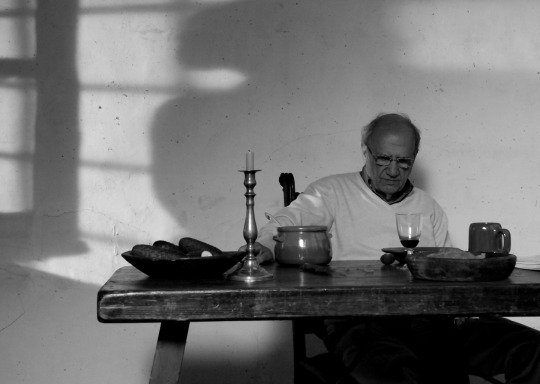
Happy 97th, Pere Portabella.
4 notes
·
View notes
Text

Esta semana, especial documentales.
El sopar (Pere Portabella, 2014)
0 notes
